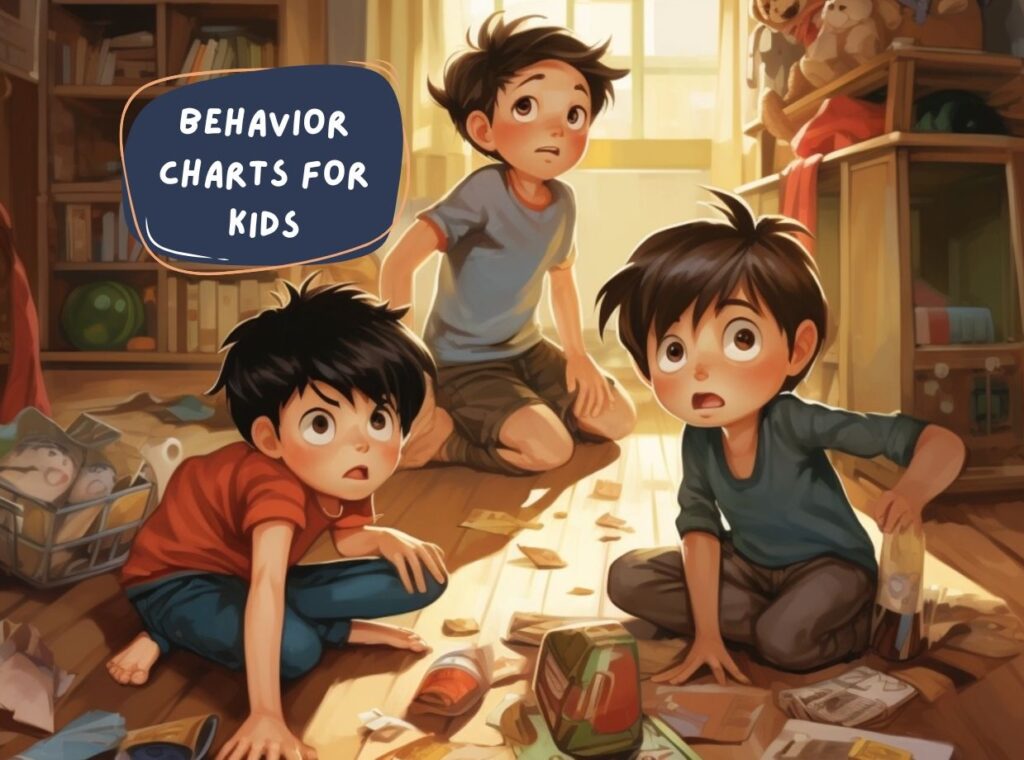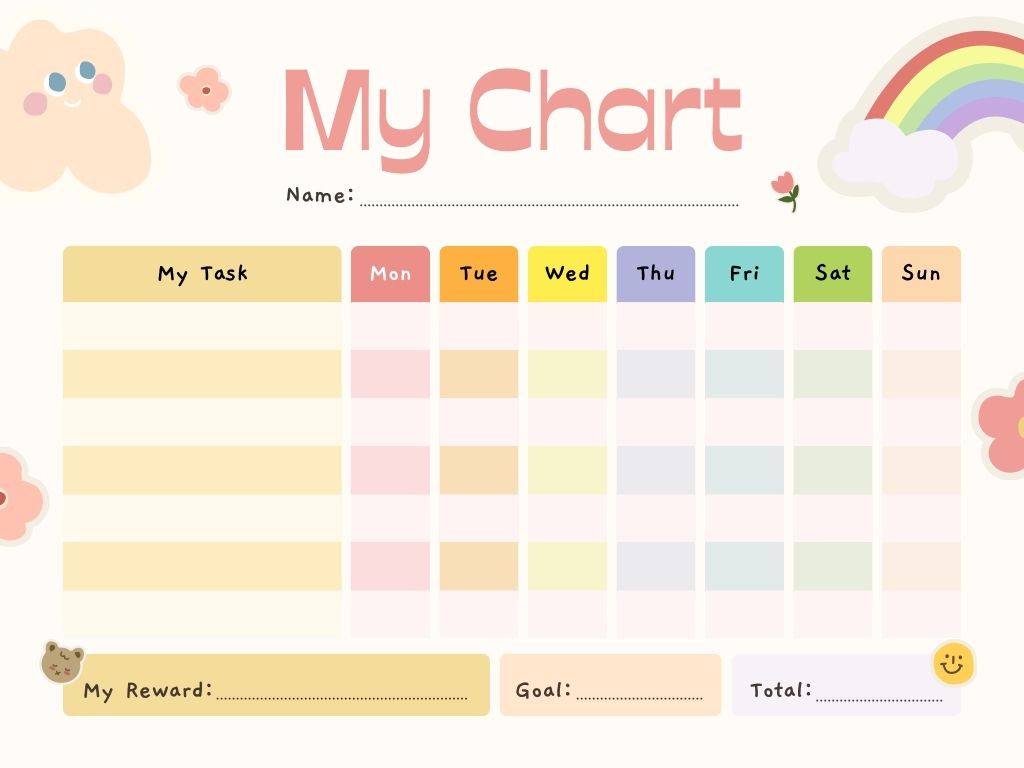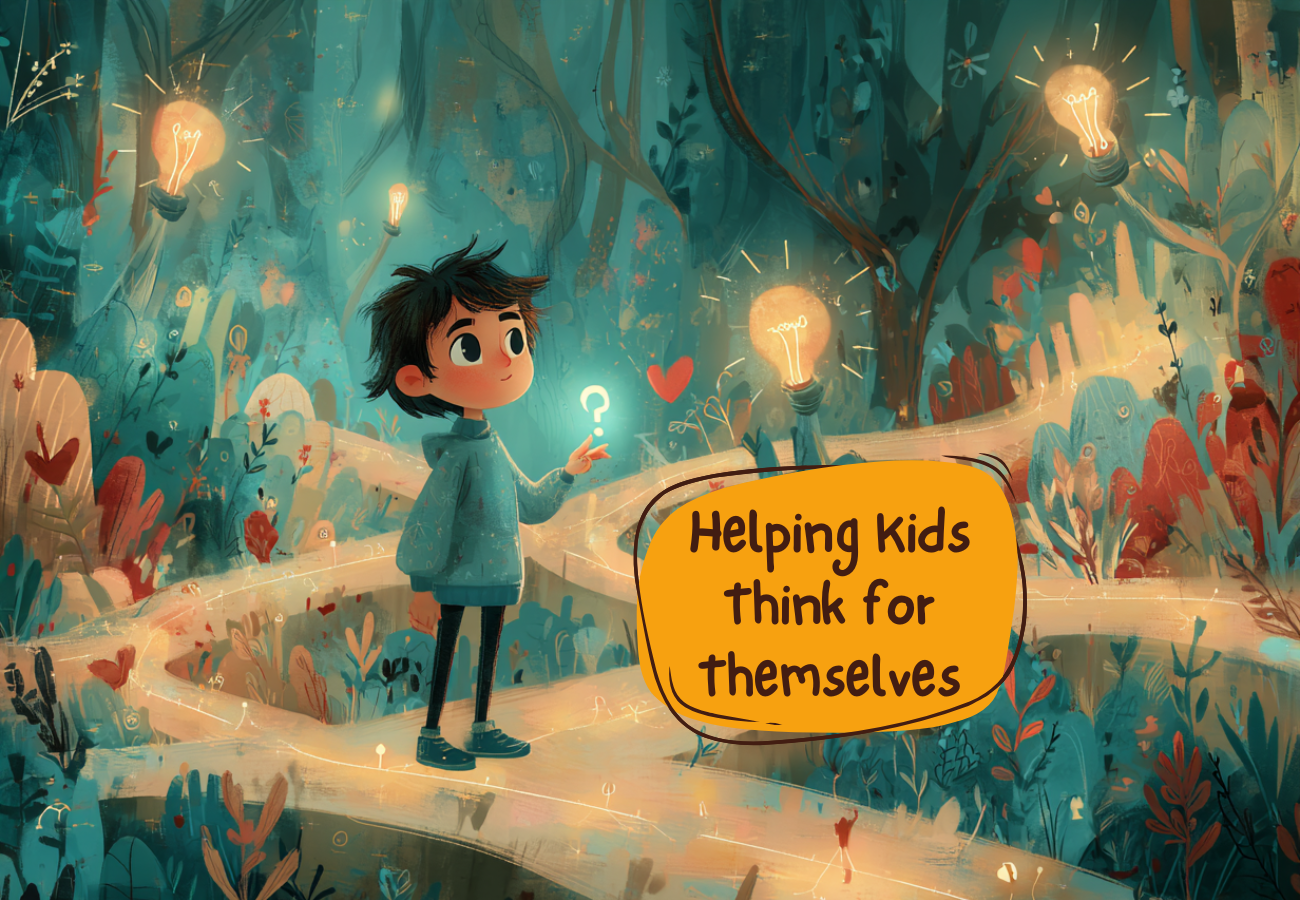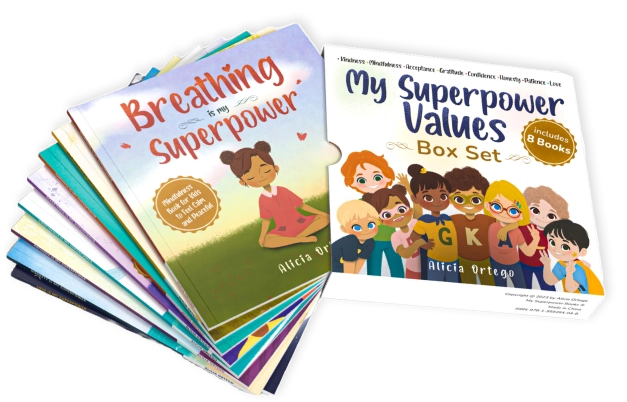Behavior Charts for Kids

In the ever-evolving journey of parenting and education, finding effective methods to encourage positive behaviors in children is a constant pursuit. Among these methods, age-appropriate daily behavior charts have emerged as a powerful tool, particularly for kindergarten-aged kids. This article delves into behavior charts, discussing their types, benefits, implementation, and ethical considerations.
Understanding Behavior Charts for Kids
At the heart of promoting positive behavior lies the concept of behavior charts. These visual aids are designed to motivate children through positive reinforcement. By highlighting desired behaviors and tracking progress, behavior charts create a tangible sense of accomplishment for children, fostering self-esteem and a sense of responsibility.
The Importance of Age Appropriateness
Just as each child is unique, so are their developmental stages. Kindergarten-aged kids possess a particular set of needs, preferences, and capabilities. Aligning behavior charts with their age ensures engagement and relevance. Children are more likely to connect with charts tailored to their interests, helping them embrace the process of improving their behavior with enthusiasm.
Exploring Different Types of Behavior Charts
Behavior charts come in various forms, each with unique appeal and benefits. Let’s delve deeper into sticker charts, star charts, and daily behavior charts, discovering practical insights on how to use them effectively to nurture positive behaviors in kindergarten kids.
- Sticker Charts: igniting imagination and engagement, sticker charts are a brilliant way to capture a child’s imagination. Imagine a colorful canvas adorned with stickers depicting a child’s favorite animals, superheroes, or magical creatures. Each time your child displays a positive behavior, such as completing homework or sharing toys, they earn a sticker. The visual representation of progress becomes a delightful journey, inspiring children to strive for more stickers. This interactive approach encourages positive behaviors and provides an opportunity for parents and children to discuss accomplishments, strengthening the bond between them.
- Star Charts: sparking a sense of achievement. For many children, stars hold a special significance – they symbolize achievements and dreams. Star charts harness this symbolism to motivate positive behaviors. Create a chart with designated spaces for stars and set achievable goals. Each time your child meets a goal, reward them with a star. Over time, the chart transforms into a constellation of accomplishments, evoking a profound sense of pride. Placing stars becomes a tangible representation of their efforts, reinforcing that hard work and positive behaviors lead to meaningful rewards.
- Daily Behavior Charts: Building consistency and routine daily behavior charts introduce the concept of consistency and routine, invaluable life skills. Craft a chart that outlines daily tasks and behaviors you’d like your child to exhibit. This can include brushing teeth, completing homework, cleaning up toys, and practicing good manners.
- Each day, your child can mark off the completed tasks, visually tracking their progress. As days turn into weeks, the routine becomes ingrained, setting the foundation for responsible habits. To make the process even more engaging, involve your child in the chart creation process, allowing them to contribute ideas and design elements.
Practical Tips for Success:
- Clear Visibility: Place the behavior chart in a prominent area where your child can see it daily. A bedroom wall, kitchen refrigerator, or study area are excellent choices.
- Customization: Tailor the charts to your child’s interests. If they’re into dinosaurs, incorporate dinosaur-themed stickers or drawings. Personalization enhances engagement.
- Setting Realistic Goals: Ensure the goals on the chart are attainable for your child’s age and abilities. Gradual progression helps maintain motivation.
- Immediate Rewards: Consider offering small, immediate rewards when your child achieves a certain number of stickers or stars. These rewards can be as simple as extra playtime or a special treat.
- Consistent Recognition: Verbally acknowledge your child’s achievements when they place a sticker or earn a star. Your encouragement reinforces the positive behavior.
- Review and Celebrate: Periodically review the chart together. Celebrate their progress and discuss any challenges they’ve overcome. This reflection strengthens their commitment. In the long run, you’ll also be able to see how the chart reflects on your kid’s problem-solving skills.
- Rotate and Refresh: Periodically update the visuals or rewards to prevent chart fatigue. Introducing variety keeps the excitement alive.
Free Printable “Behaviour Chart” PDF

Remember, behavior charts are not just tools but opportunities to create positive experiences, strengthen connections, and instill valuable life skills. By choosing the chart type that resonates most with your child and infusing it with creativity and positivity, you’re embarking on a journey that lays the groundwork for a future filled with responsible behavior and self-motivation. Mind that responsibility is one of the crucial values to instill in your kids by age 10.
Crafting an Effective Daily Behavior Chart
The process of designing a daily behavior chart involves careful consideration. Begin by setting realistic goals tailored to a kindergarten child’s capabilities. Whether it’s completing daily chores, following classroom instructions, or showing kindness to peers, the goals should resonate with their experiences. Choose age-appropriate rewards that ignite excitement, fostering a sense of achievement with every accomplishment. For example, behavior charts play a multifaceted role in a kindergarten setting. Beyond individual behavior management, they contribute to harmonious classroom dynamics. As children witness their peers achieving goals, a spirit of cooperation and healthy competition is cultivated, creating a positive atmosphere conducive to learning and growth.
Tracking Progress and Celebrating Success
One of the critical aspects of behavior charts is tracking progress. As children witness their own growth, a sense of responsibility blossoms. Celebrating small victories through words of encouragement or additional rewards reinforces positive behaviors, creating a cycle of self-motivation and growth.
Collaboration between Parents and Educators
The synergy between parents and educators is pivotal in ensuring the success of behavior charts. Consistent communication about goals, progress, and challenges fosters a united approach. When children observe adults working together, they internalize the value of cooperation, reinforcing the positive behaviors they’re learning.
Teachers at school can find it great to work with “I Can” worksheets to boost learner’s self-confidence.
n addition to promoting positive behaviors, it’s essential to regularly discuss safety with children. It’s great that schools run initiatives like School Bus Safety Week to raise awareness about safe behaviors. You can read more about it here.
Fostering Intrinsic Motivation
As children journey through behavior charts, shifting from external rewards to intrinsic motivation is an incredible transformation. Children derive joy from their accomplishments through consistent positive reinforcement, building a foundation for lifelong self-discipline and intrinsic motivation. Try out a chore chart to boost motivation as well.
Potential Challenges and Solutions
Chart fatigue or waning interest can pose challenges. To overcome this, periodically update the charts with fresh visuals or adjust goals. Engage children in the process, allowing them to have a say in their rewards. Flexibility ensures that the process remains enjoyable and effective.
Ethical Considerations
Using behavior charts responsibly is crucial. Always prioritize the child’s well-being and self-esteem. Avoid comparing children or publicly displaying their charts, which can lead to unintended consequences. Let the charts be a joyous journey rather than a source of pressure.
Conclusion
Age-appropriate daily behavior charts can transform behavior management into a joyful and growth-oriented experience for kindergarten kids. By understanding their uniqueness, implementing creative charts, and fostering collaboration between parents and educators, we pave the way for positive behaviors to flourish. With ethical considerations guiding our approach, behavior charts become more than tools; they become vehicles for nurturing a brighter future.
More articles

50+ Christmas Riddles for Kids (With Answers!)
Fun, Easy & Printable Holiday Brain Teasers Are you looking for Christmas riddles for kids that are fun, silly, and totally holiday-approved? You’re in the right place!This collection includes funny Christmas riddles for kids, classic Christmas brain teasers, and a big list of Christmas riddles for kids with answers—perfect for teachers, parents, and holiday party […]

Helping Kids Think for Themselves — Gently and Without Pressure
Independent thinking is the ability to look at a situation, ask questions, form opinions, and make choices with confidence. Kids who think for themselves tend to feel steadier in their daily lives. They trust their thoughts and can speak up even if others see things differently. Parents and teachers often want this skill for kids, […]

The Impact of Color and Texture on Children’s Emotions, Behavior, and Learning
Children don’t just see their environment — they absorb it. Every color, every texture, and every visual detail around them quietly shapes the way they focus, relax, behave, and even understand their own emotions. While adults often adapt to a space automatically, children respond to it instantly and instinctively. That’s why creating a supportive environment […]



